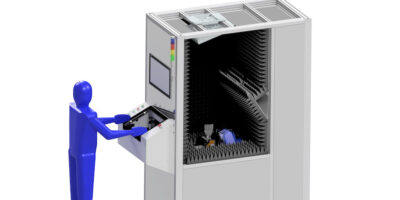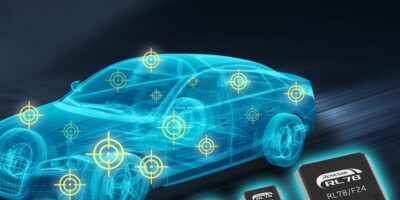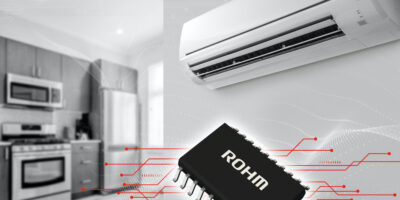Test system supplier, Rohde & Schwarz has collaborated with customised test system supplier NOFFZ Technologies to integrate the R&S Compact Antenna Test Range (CATR) reflector technology and radar echo generator, the AREG800A, into NOFFZ’s end of line radar sensor test system, the UTP 5069 CATR. The collaboration results in a fast, accurate and efficient radar sensor test system optimised for production, said Rohde & Schwarz.
Vehicles have to meet Society of Automotive Engineers (SAE) Level 3 ) relying on radar sensors for autonomous driving. Imaging radar sensors have been developed with significantly finer spatial resolution to this end, but this requires much larger antenna apertures. Measuring these radar sensors in the direct far-field (DFF) would be impractical for production environments because they would require too much space. The CATR technology in the R&S ATS1500C chamber, however, creates a large quiet zone with far-field conditions in a very compact physical footprint.
The UTP 5069 CATR is designed for high-volume production test and calibration with a low-reflection anechoic chamber. It is available with a compact footprint of less than 3.5 sqm (40 sqft). The relative motion of the device under test during calibration, loading and unloading can be realised either by an integrated robot or a goniometer. Both motion options can be selected depending on the requirements for movement flexibility, position accuracy, and cycle time.
The test system was validated during its development by leading edge radar module developer Uhnder.
The Rohde & Schwarz technology group offers test and measurement, technology systems, and networks and cybersecurity. Founded more than 85 years ago, the group partners with industry and government customers around the globe.
The company is headquartered in Munich, Germany.
Rohde & Schwarz employs its technical expertise to develop innovative solutions for the entire automotive lifecycle from pre-development to production. OEMs, Tier 1s, chip suppliers and engineering service providers around the world rely on the company’s proven test solutions for automotive radar, connectivity, infotainment, high-performance computing and EMC compliance.
Rohde & Schwarz supports its customers as a partner for the launch of next-generation ADAS and AD systems. The company’s experience and expertise in wireless communications ensure robust connectivity conforming to all standards from 5G and C-V2X to UWB, Wi-Fi and GNSS. The company’s instruments enable the development and debugging of in-vehicle networks.
The company also offers test and measurement equipment and custom turnkey test systems for EMI and EMS measurements on vehicles and vehicle components in line with all major CISPR, ISO and manufacturer-specific EMC standards. These systems and equipment support full vehicle antenna testing and wireless co-existence testing with the user’s own systems and instruments. The company also offers outstanding solutions at the component and board level tests during ECU production.







